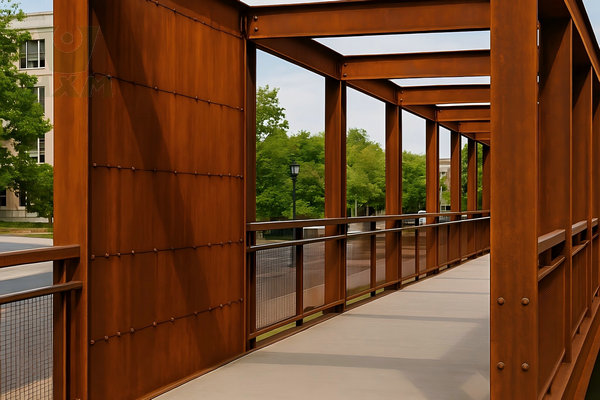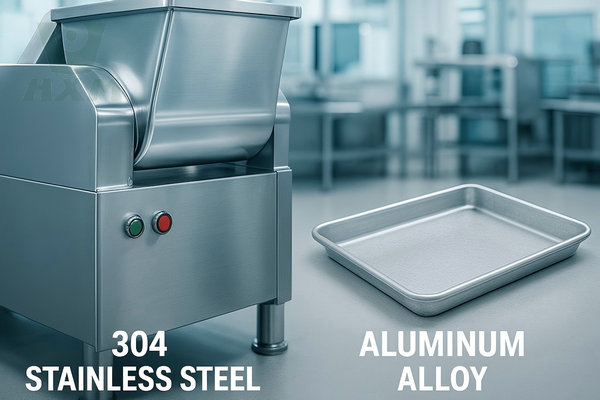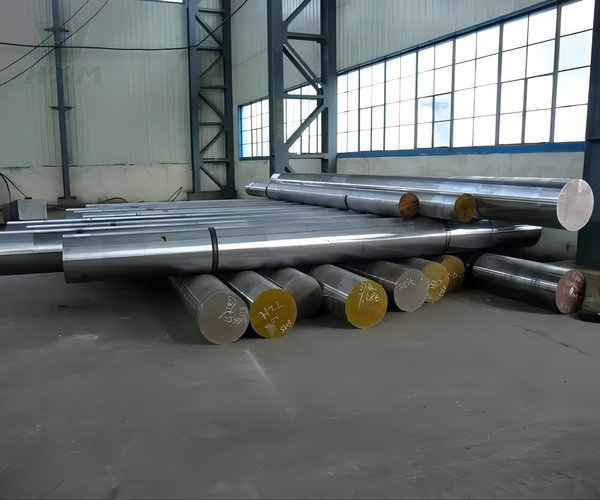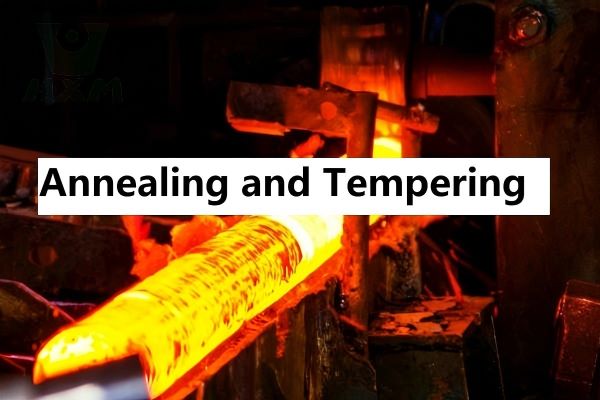
In the field of metal processing, heat treatment is a key link to improve material properties and ensure the quality of the final product. Among them, annealing and tempering are two extremely important but often confused processes. Although they both involve heating and cooling, their purpose, process, and final effect are completely different.
As your professional metal material suppliers, Huaxiao Metal will provide you with an in-depth analysis of the fundamental differences between these two processes and help you choose the most suitable technology for your application.
What is Annealing?
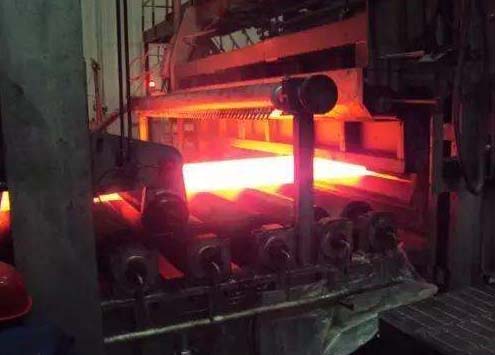
Definition: Annealing is a heat treatment process designed to soften metals, improve plasticity, refine grains, and eliminate internal stresses. Its core goal is to make the metal more “docile” and ready for subsequent cutting, stamping, or cold working.
Process Flow: Annealing usually follows a precise “Three-Step” Process:
Heating: The metal is heated slowly and evenly to a specific recrystallization temperature above it. This temperature point is critical, and it allows the deformed grain structure to reorganize.
Soaking: Keep at this temperature for a long enough time to ensure that the metal is completely transformed into austenite from the inside out.
Slow Cooling: This is the most representative step of the annealing process. The metal will be cooled very slowly, along with the cooling furnace or cooled in an insulating material. This slow cooling rate is the guarantee for obtaining a soft, stress-free state.
Main Purposes and Advantages of Annealing:
Reducing hardness: Softens the metal and greatly improves its machinability.
Eliminate internal stress: Release the internal stress generated by casting, forging, or welding processes to prevent the workpiece from deforming or cracking during use.
Improve toughness and ductility: Enable the material to withstand greater plastic deformation without breaking.
Homogenize the structure: Make the chemical composition and organizational structure inside the material more uniform.
Does your project require complex cold working or deep drawing? Huaxiao Metal provides high-quality steel plates and coils that have been perfectly annealed to ensure optimal processing performance.
What is Tempering?
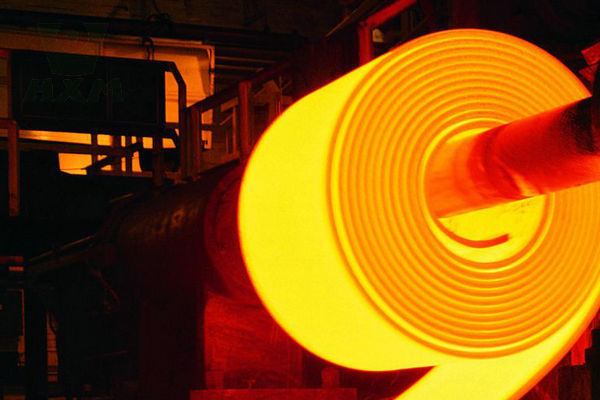
Definition: Tempering is a supplementary heat treatment process usually performed after quenching. Although quenching can greatly increase the hardness and strength of steel, it also makes it extremely brittle. The purpose of tempering is to reduce this brittleness while maintaining a high hardness, to find a perfect balance between “hard” and “tough”.
Process Flow:
Heating: Reheat the hardened steel to a specific temperature point far below the annealing temperature (usually between 150°C and 650°C).
Soaking: Keep at this temperature for some time to transform the unstable quenched structure into a more stable tempered structure.
Cooling: Usually cooled in air or oil, or water, the cooling rate is relatively fast.
The Main Purpose and Advantages of Tempering:
Reduce brittleness and increase toughness: This is the core purpose of tempering, making the hard material strong enough to resist impact.
Balance mechanical properties: Depending on the tempering temperature, the final hardness, strength, and toughness combination of the steel can be precisely adjusted.
Stabilize the workpiece structure and size: eliminate quenching stress and ensure the workpiece size is stable during long-term use.
Looking for a durable material that combines high strength and toughness? Our tempered steels are used in demanding applications such as tools, automotive parts, springs, and more.
Annealing and Tempering: Key Differences
| Comparison Dimension | Annealing | Tempering |
|---|---|---|
| Fundamental Purpose | Softening, stress relief, and improving ductility | Toughening, reducing brittleness, and balancing hardness and toughness |
| Process Prerequisite | Independent process | Must be performed after quenching |
| Heating Temperature | High (above the upper critical point Ac3) | Low (below the lower critical point Ac1) |
| Cooling Rate | Extremely slow (furnace cooling) | Relatively fast (air cooling, oil quenching, etc.) |
| Final Properties | Low hardness, low strength, high ductility | High hardness, high strength, high toughness (a balance of rigidity and toughness) |
| Cost Consideration | Higher (due to long furnace cooling time and equipment occupation) | Moderate (an additional step after quenching) |
| Application Scenario | Pre-processing before machining | Final treatment of finished products |
Common Myths and Clarifications: Avoid Costly Mistakes
It’s not enough to just know the definitions; here are a few of the most common myths engineers and purchasers encounter. Clarifying them can help you save time and money.
Myth 1: “Tempering can be done alone.”
Clarification: Not. The value of tempering is to optimize the properties after “quenching”. Tempering a piece of ordinary steel that has not been quenched has almost no practical effect and is a pure waste of energy. It is important to remember that tempering is part of the combination of “quenching and tempering (quenching + tempering)”.
Myth 2: “Annealing and normalizing are the same things.”
Clarification: They are close relatives, but not the same thing. The main difference between the two is the cooling rate: annealing pursues the softest state and uses very slow furnace cooling, while normalizing pursues a balance of strength and toughness and uses faster air cooling. Therefore, the material after normalizing is slightly harder and usually costs less.
Myth 3: “The higher the tempering temperature, the better the toughness.”
Clarification: This is not true. Many types of steel have a “temper brittleness zone” (such as the first type of temper brittleness zone, 250°C-400°C). Tempering in these temperature ranges will reduce the toughness of the steel. Choosing the correct tempering temperature is a technical job that requires rich experience and precise control.
How to Choose: Annealing or Tempering?
Once you understand the difference, the choice becomes simple.
When to Choose Annealing:
Before processing: When you need to perform a lot of plastic deformation on the material, such as stamping, deep drawing or bending.
Stress relief: When you need to eliminate harmful internal stresses generated during welding, casting or machining.
Improve machinability: When you need to reduce the hardness of the material to make it easier to cut.
When to Choose Tempering:
After quenching, your parts (such as tools, gears, bearings, springs) become too hard and brittle after quenching for direct use.
Balance of performance: When your goal is not the softest or the hardest, but to find an optimal balance between high hardness and high toughness to meet specific work requirements.
Still not sure which process is best for your application? Huaxiao Metal’s team of engineers has rich industry experience and can provide you with professional material selection advice.
How Huaxiao Metal Meets Your Needs?
Theoretical knowledge must ultimately be implemented into high-quality products. At Huaxiao Metal, we ensure that every heat-treated product exceeds your expectations in the following ways:
Precision temperature control capability: Our heat treatment furnaces are equipped with advanced PID temperature control systems and multi-point thermocouples to ensure that the temperature difference in the furnace is less than ±5°C. This means that your parts can get a uniform and consistent heat treatment effect.
Strict process execution: We have developed a standard operating procedure (SOP) for each material, which specifies the heating rate, holding time, and cooling curve in detail. All processes are recorded to ensure 100% traceability.
Reliable hardness testing: We will use a calibrated Rockwell hardness tester (HRC) to test each batch of processed products, and we can provide you with a detailed material performance report to ensure that the delivered products fully meet the technical requirements.
Proactive technical suggestions: Our engineers will not only execute orders, but also help you analyze applications. If we find that there is room for optimization in the process you choose, we will proactively communicate with you to help you find the best balance between performance and cost.
At Huaxiao Metal, we are not just a material supplier, but also your technical partner. We provide high-quality carbon steel, stainless steel, and special alloy materials in various specifications, and can provide customized products with precise heat treatment according to your specific requirements.
Whether your project requires easy-to-form annealed plates or strong and durable tempered parts, our strict quality control system and professional service team can ensure that you get metal materials with excellent performance and reliable quality.
FAQ
What is stress relieving? Is it the same as annealing?
No. Stress relieving is a relatively low-temperature heat treatment whose sole purpose is to eliminate or reduce the internal stress of the material without significantly changing its hardness and microstructure. Full annealing, on the other hand, is performed at a higher temperature, which completely changes the microstructure of the material and significantly reduces its hardness. It can be said that stress relieving “only relieves fatigue, does not change the character”, while annealing “completely reshapes the character”.
How do I know if the steel has been properly tempered?
The most reliable method is to perform a hardness test. The technical drawings of parts that have been quenched and tempered (quenched + tempered) usually clearly indicate the hardness requirements, such as “HRC 48-52”. Suppliers should use equipment such as Rockwell hardness testers for testing and be able to provide a material inspection certificate (MTC) containing the hardness test results. This is also a standard service provided by Huaxiao Metal for each batch of products.
Annealing and tempering, which process takes longer?
Annealing takes much longer. This is because the most critical step of annealing is “cooling with the furnace”, that is, letting the workpiece cool naturally in the furnace extremely slowly, which may take more than ten hours or even longer. The heating and cooling process of tempering is relatively much faster. Therefore, from the perspective of production cycle and cost, annealing is usually more expensive than tempering.
What is the significance of the surface color of steel after tempering?
This is a good observation point! During tempering, a thin oxide film will form on the surface of the steel, and its color will change with the increase of temperature, from light yellow (about 220°C) to straw yellow, brown, purple, and finally to dark blue (about 300°C and above). In the past, experienced technicians would judge the tempering temperature by observing the color. But in modern industrial production, we rely on precise temperature controllers, not color, to ensure the accuracy and consistency of the process.
In addition to steel, can other metals (such as aluminum and copper) undergo these treatments?
Yes, but they are different. Annealing is a process that is widely applicable to a variety of metals, including aluminum alloys, copper, brass, etc., and its purpose is to soften the material and improve the processability. The concept of tempering is mainly associated with hardened steel because its purpose is to reduce the brittleness caused by quenching. For some aluminum alloys, there is a similar but different process called “aging” to improve their strength.
In Conclusion
In short, annealing is to make the metal “softer” for easy processing and stress relief, while tempering is to make the hardened metal “tougher” to prevent it from breaking during use. They are two indispensable tools in the metal heat treatment toolbox with very different goals.
Whether you need easy-to-process annealed steel or strong and durable tempered parts, Huaxiao Metal is your trusted partner. Contact us now for a free quote and professional material solutions!

